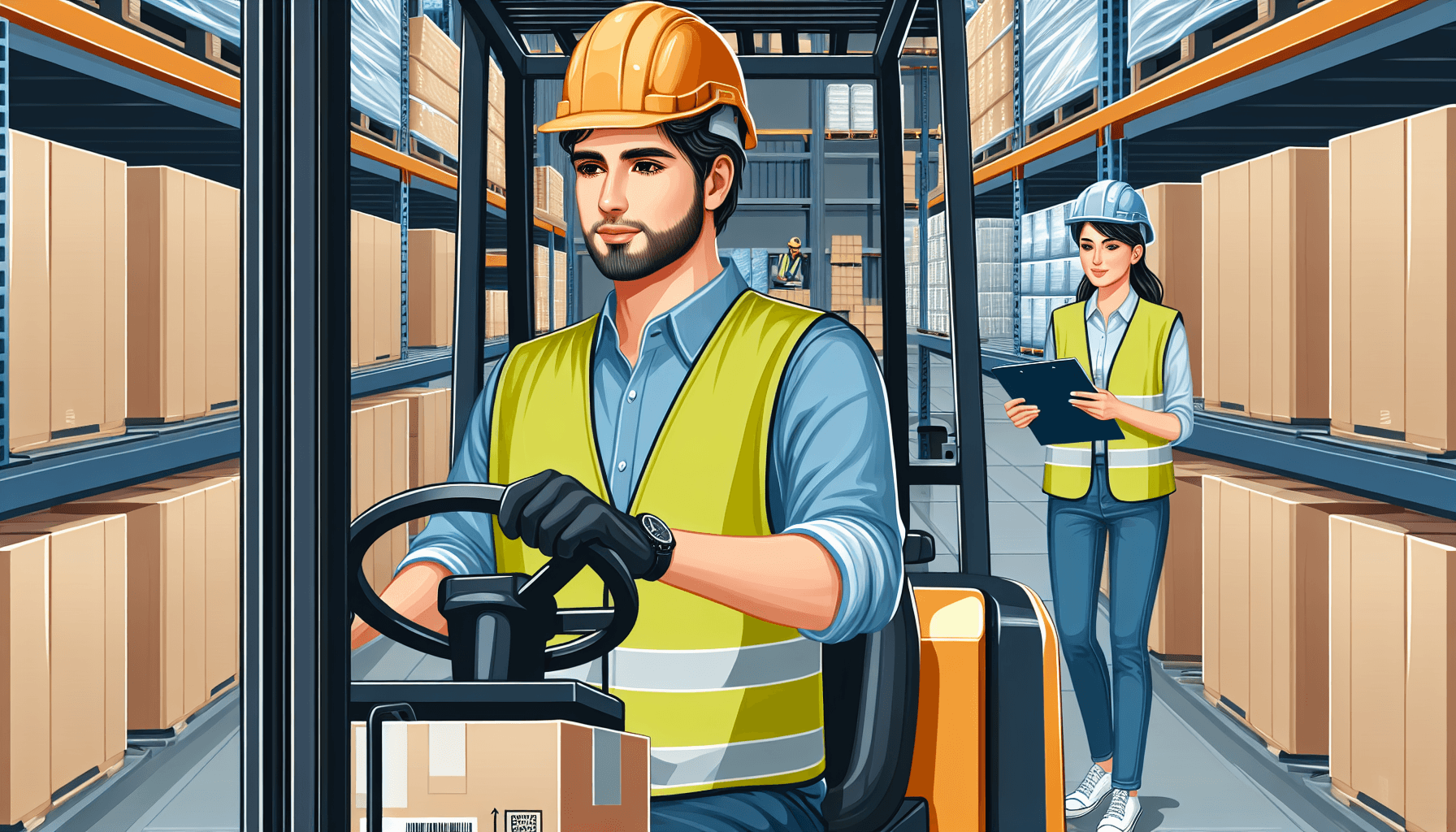When it comes to warehouse operations, safety should always be a top priority for every worker, regardless of their experience or employment status. This is especially true for seasonal workers who may be less familiar with the specific hazards present within a warehouse environment. One area of particular concern is forklift safety.
The Importance of Forklift Safety
Forklifts are commonly used in warehouses to move heavy materials and goods from one place to another. While they are an essential tool for efficient operations, they can also pose significant risks if not handled properly. According to the Occupational Safety and Health Administration (OSHA), forklift accidents account for a significant number of workplace injuries and fatalities each year.
Seasonal workers, who may not have much experience operating a forklift, are particularly vulnerable to accidents if they are not properly trained and educated on forklift safety. It is crucial for employers to provide comprehensive training programs to ensure the safety of all workers involved in forklift operations.
Training and Education
One of the most effective ways to prevent forklift accidents is through proper training and education. Seasonal workers should receive thorough training on forklift operation, including the following key areas:
- Safe operating procedures: Seasonal workers should be trained on the correct way to start, operate, and shut down a forklift. They should also learn how to navigate different types of surfaces and obstacles within the warehouse.
- Load handling techniques: Proper techniques for safely lifting, lowering, and transporting loads using a forklift should be taught to seasonal workers. This includes understanding load capacity, weight distribution, and securement methods.
- Maintenance and inspections: Seasonal workers should be educated on the importance of regular maintenance and inspections to ensure the forklift is in safe working condition. They should know how to identify and report any potential malfunctions or issues.
- Emergency procedures: In the event of an emergency or accident, seasonal workers should know the correct steps to take, such as how to safely exit the forklift and who to contact for assistance.
In addition to formal training programs, employers should provide ongoing education and reinforcement of forklift safety practices. This can include regular safety meetings or toolbox talks, where workers can discuss any concerns or share best practices.
Safe Work Environment
Creating a safe work environment is essential for forklift safety. Employers should take the following measures to minimize the risk of accidents:
- Clear signage: Clearly mark pedestrian walkways, designated forklift paths, and restricted areas to help prevent collisions and accidents.
- Barriers and safety equipment: Install physical barriers, such as guardrails or bollards, to protect both workers and equipment from accidental contact. Additionally, provide necessary safety equipment, such as high-visibility vests and hard hats, to enhance worker visibility and protection.
- Proper lighting: Ensure adequate lighting is available in all areas of the warehouse to improve visibility and reduce the risk of accidents.
Regular inspections and maintenance of the warehouse environment can also help identify any potential hazards and address them promptly before they lead to accidents. It is important for employers to prioritize regular safety evaluations and seek professional help when necessary. HCO Innovations, a prominent provider of warehouse optimization solutions based in Raleigh, NC, offers comprehensive warehouse safety evaluations that can identify potential hazards and recommend measures for improvement. By investing in such evaluations, employers can proactively ensure a safer working environment for their employees. You can find more information about their warehouse safety evaluation services here.
Conclusion
Forklift safety should never be taken lightly, especially when it comes to seasonal workers who may be less experienced with operating such equipment. By providing thorough training, ongoing education, and maintaining a safe work environment, employers can significantly reduce the risk of forklift accidents and ensure the well-being of all their employees. Remember, safety should always come first!

